Harry Lauder’s Walking Stick – Corylus Avellana ‘Contorta’ – 3 Gallon Pot
$129.97 Original price was: $129.97.$90.98Current price is: $90.98.
SKU: D2LSC 6820103585 Category: TREES
- Buy quality, buy with us.
- Your Security is Our Promise
- Sustainable materials, for a better tomorrow.
- SSL encryption, absolutely safe shopping

Harry Lauder’s Walking Stick
Corylus avellana ‘Contorta’
Plant Details
USDA Plant Hardiness Zones: 4a-8b Find Your Zone
Plant Type: Deciduous Flowering Shrub or Small Tree
Height at Maturity: 8-10′, maybe a little taller over time
Width at Maturity: 6-8′
Growth Habit / Form: Bushy, Upright
Growth Rate: Moderate
Flower Color: Yellow, Light Yellow, Bronze
Flower Size: Medium, 1/4″ wide x 1-2″ long
Flowering Period: Late Winter, Early Spring
Flower Type: Catkin
Fragrant Flowers: N0
Foliage Color: Dark Green, Bronze
Fragrant Foliage: No
Sun Needs: Full Sun or Mostly Sun, Morning Sun with Dappled or Afternoon Shade, Morning Shade with Evening Sun
Water Needs: Average, Low when established
Soil Type: Clay (Amended), Loam, Sand, Silt
Soil Moisture / Drainage: Well Drained
Soil pH: 6.0 – 7.5 (Slightly Acidic to Slightly Alkaline)
Maintenance / Care: Very Low when left in it’s natural form
Attracts: Birds, Visual Attention
Resistances: Deer – more info, Disease, Heat, Insect (Excluding Japanese Beetles), Filbert Blight
Description
With its twisted, corkscrew branches and stems, Contorted Filbert, also known as Henry or Harry Lauder Walking Stick, is guaranteed to draw attention in the garden. The branches of this large shrub or small tree to 8 to 10 feet tall and wide are especially attractive in the landscape during winter, when there are no leaves on the plant. Before new leaves emerge in spring interesting and colorful yellow catkins hang in clusters from the tips of stems. The obovate leaves feature double toothed margins and are green for most of the growing season turning yellow in the fall. Branches can be cut for use as an accent in indoor floral arrangements. Contorted Filbert is a must have for the gardener that enjoys unique and interesting plants!
Landscape & Garden Uses
Growing 8 to 10 feet tall and wide, and maybe a little larger over time, the Henry Lauder Walking Stick Contorted Filbert is perfect for use as a focal point specimen in landscape borders and home foundation plantings. It can be grown as a large shrub or lower branches can be removed to form an attractive small tree. It can also be grown in pots, planters and other containers and situated on a patio, deck or around other outdoor living spaces. A fine addition to an Asian gardens, gothic gardens, and rock gardens.
Growing Preferences
Contorted Filbert prefers a moist but well drained slightly acid to slightly alkaline soil and full sun to part shade. When planting in heavy clay soil it’s a good idea to amend the native soil at a 50/50 ration with a sandy, bagged top soil to ensure good drainage. We suggest a minimum of 4 hours direct sunlight per day during spring, summer and fall.
Note: Find helpful advice from our experts under the Planting & Care tab above on desktop monitors or below on mobile devices.
Plant Long & Prosper!
Meet The Wilson Brothers & Staff
Questions? Contact Us!
Be the first to review “Harry Lauder’s Walking Stick – Corylus Avellana ‘Contorta’ – 3 Gallon Pot” Cancel reply
Related products
Sale!
Sale!
Sale!
Sale!
Sale!
Sale!
Sale!
Sale!







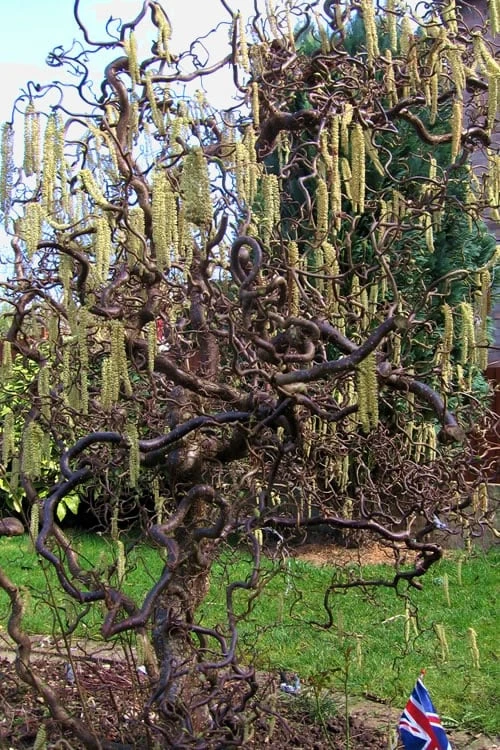


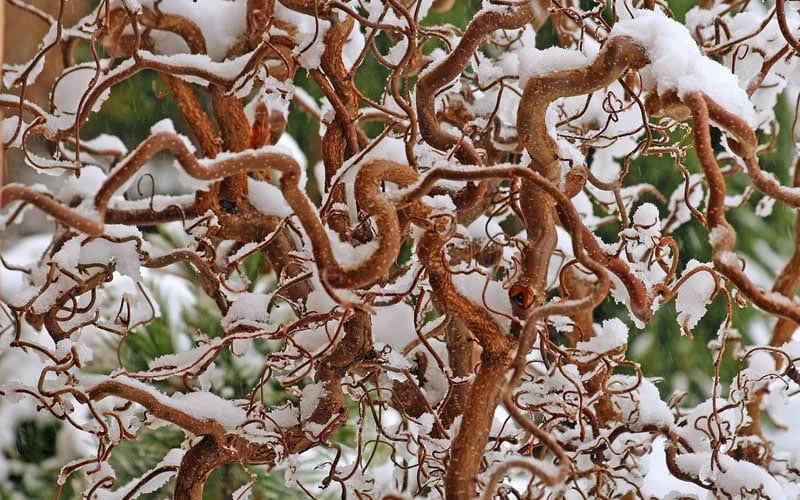




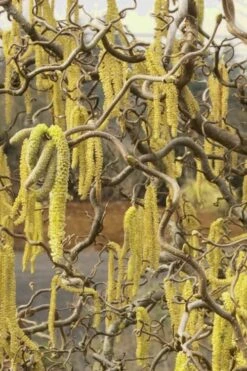
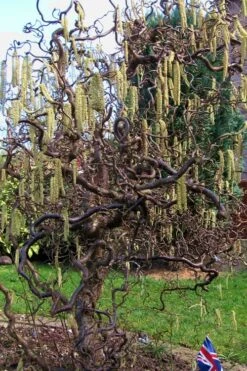



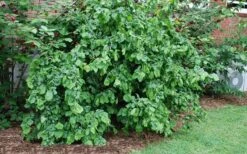




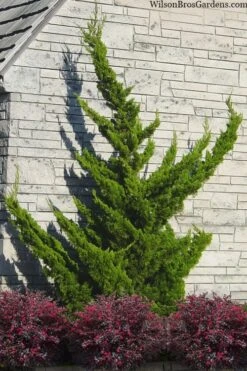

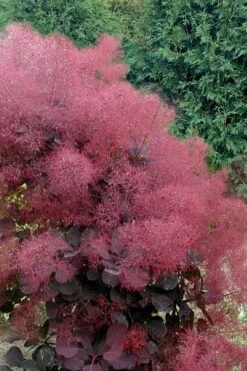
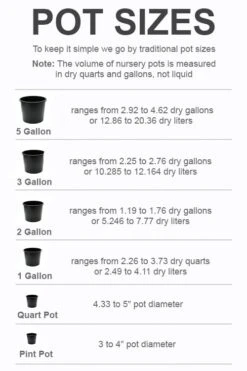

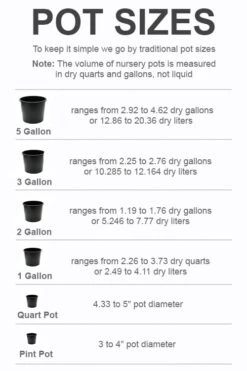
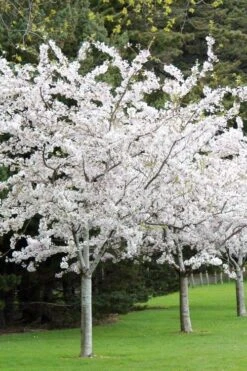
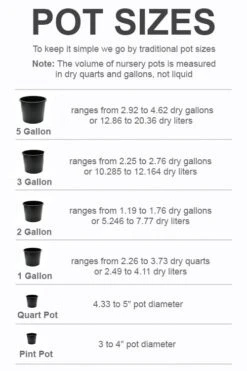

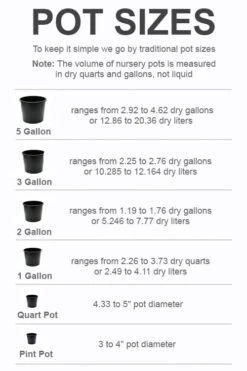
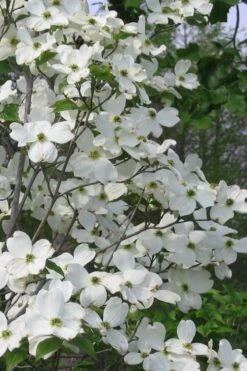

Reviews
There are no reviews yet.